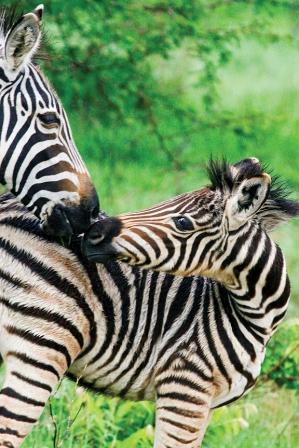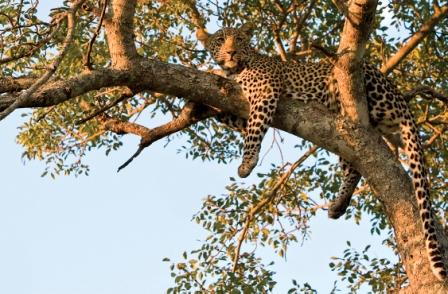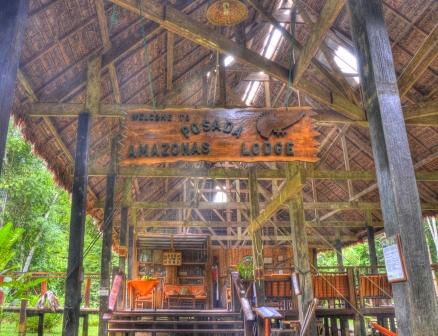Imagine for a moment that you’re the master of all you survey. Standing atop a 30-meter scaffolding canopy tower you see vast expanses of prime forest and the lazy Tambopata River. You’re in southeastern Peru on the Tambopata National Reserve that’s part of 3.7 million acres of conserved land sweeping upwards towards the Andes and embracing some of the vast Amazon Basin.
If you’re an artist, you may take time to sketch the flora and fauna of the pristine, still wild, tropical rainforest encompassing an area of land the size of Connecticut. After all, this is what folks in the 19th century did when they stumbled into strange-but-beautiful worlds, preserving for posterity their gasps of delight.
If you’re keeping a record of the wildlife around you, chances area you’ll soon run out of pages and thank goodness for digital cameras in case a jaguar slouches by.
One of the world’s pre-eminent non-profit organizations, The Rainforest Alliance, keeps a watchful eye here in its ongoing work to help Mother Nature sustain this region, among others throughout the world, that are considered to be earth’s lungs, for the earth depends on such abundant forests and the resultant biodiversities of locations like this.
Such diverse communities as may be found in Namibia and Peru, with entirely different ecosystems, flora and fauna and wildlife, are creating delicate infrastructures, not unlike spider webs, into which the economic and social needs of indigenous peoples can mix and mingle with the vision of such organizations as Peru’s on-the-ground Rainforest Expeditions, an eco-tourism company, to produce a whole greater than the sum of its parts: in this case, to protect the environment for people, biodiversity and tourism. In fact, The Rainforest Alliance recently singled out this company and its Posada Amazonas eco-lodge to receive its 2012 Sustainable Standard-Setter award. This jungle accommodation hires from within the community, sources locally produced goods whenever possible and has implemented a biodegradable sanitation system, reduced air and water pollution by purchasing eco-friendly boats, improved waste management, and conducted extensive training in sustainable management.
Posada Amazonas, rustic but comfortable, is managed by the indigenous Ese’eja of Infierno who manage it in partnership with Rainforest Expeditions. Some 170 native and ribereño (second or third generation settlers) families work and profit from this 30-room (each with private bath) lodge offering a wellness and holistic center for massage and aromatherapy, and dining. An ethno botanical trail, a catamaran for sightings of Giant River Otters, kayaks and mountain bikes provide access to a working vegetable farm and communities.
This sensitively conceived and managed touristic infrastructure creates a competitive alternative to such unsustainable economic uses as clear cutting the forest for timber or for cattle grazing. The partnerships Rainforest Expeditions has forged with local people eager to share Amazonian traditions with guests provide connection, expertise, adventure and access to wildlife in the jungles of Tambopata.
And on another side of the world, the work of creating intricately woven webs has been going on in Namibia for some years and so successfully that an American tourism business, Austin-Lehman Adventures, along with the World Wildlife Fund, is hosting a cross-cultural exchange between US-based ranchers, Native American tribal leaders and conservationists and their counterparts from Namibia to share ideas on how tourism fits into their respective ideologies and onto their lands.
~ Contributed by Widness & Wiggins PR



